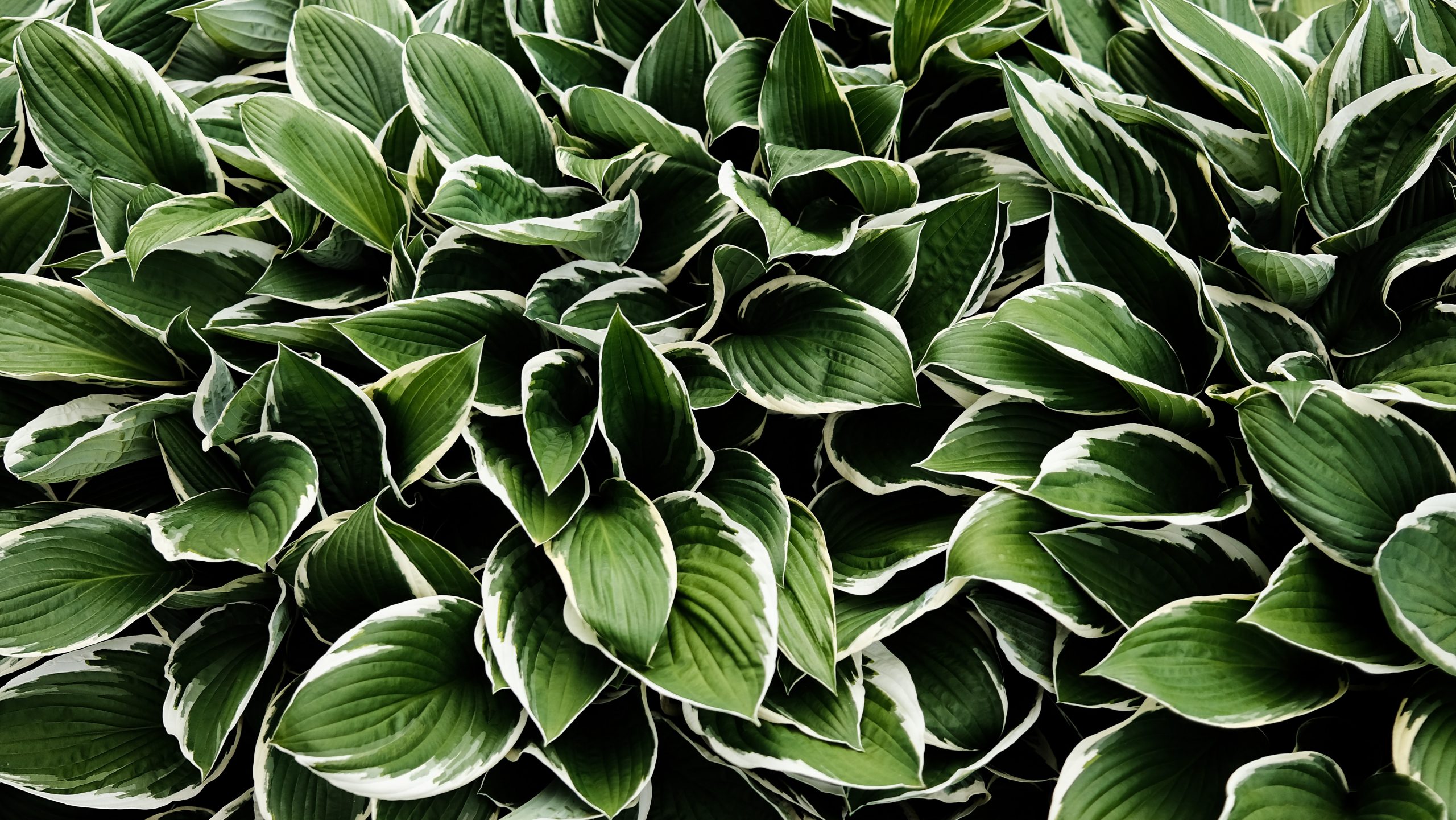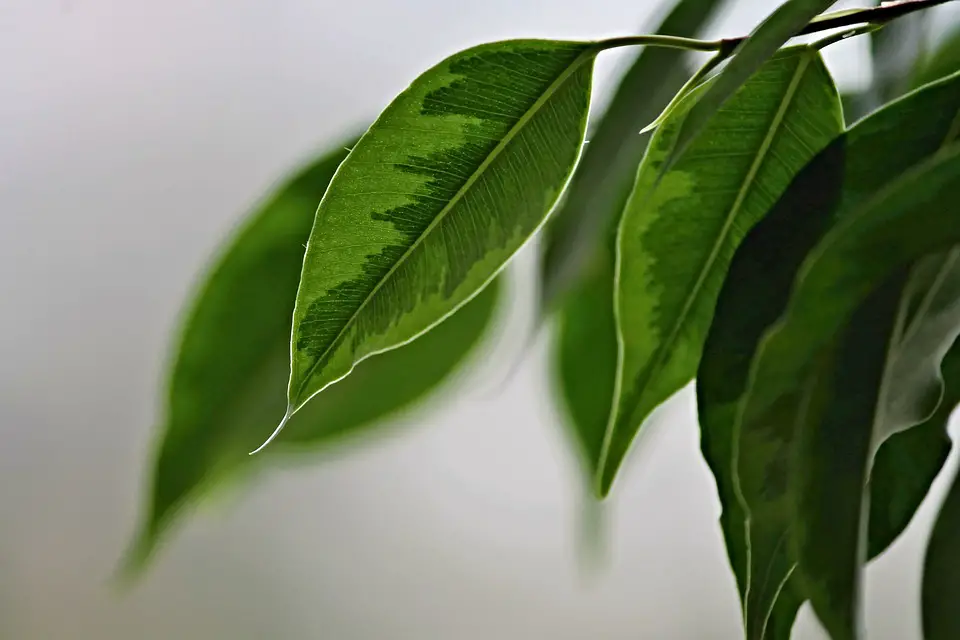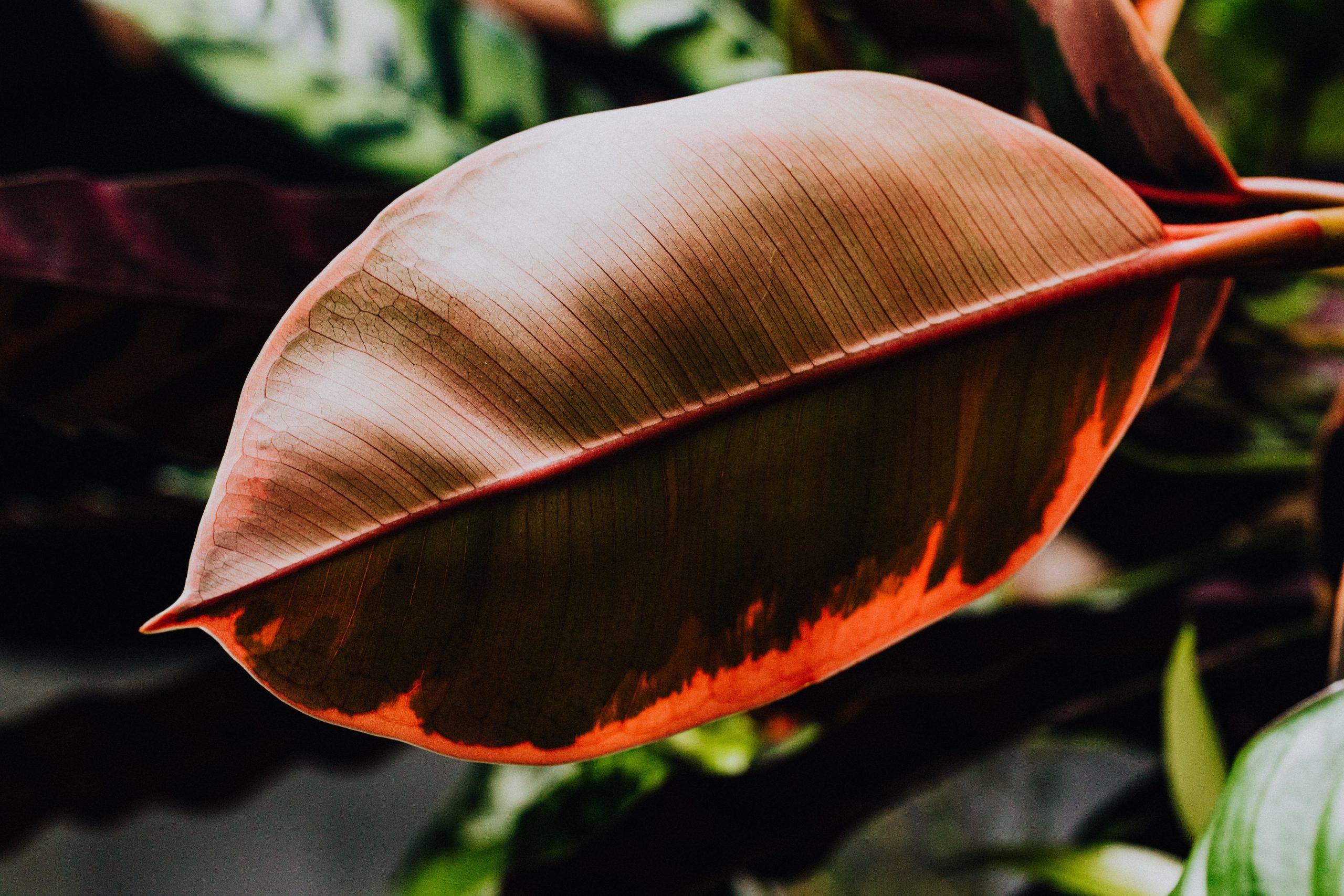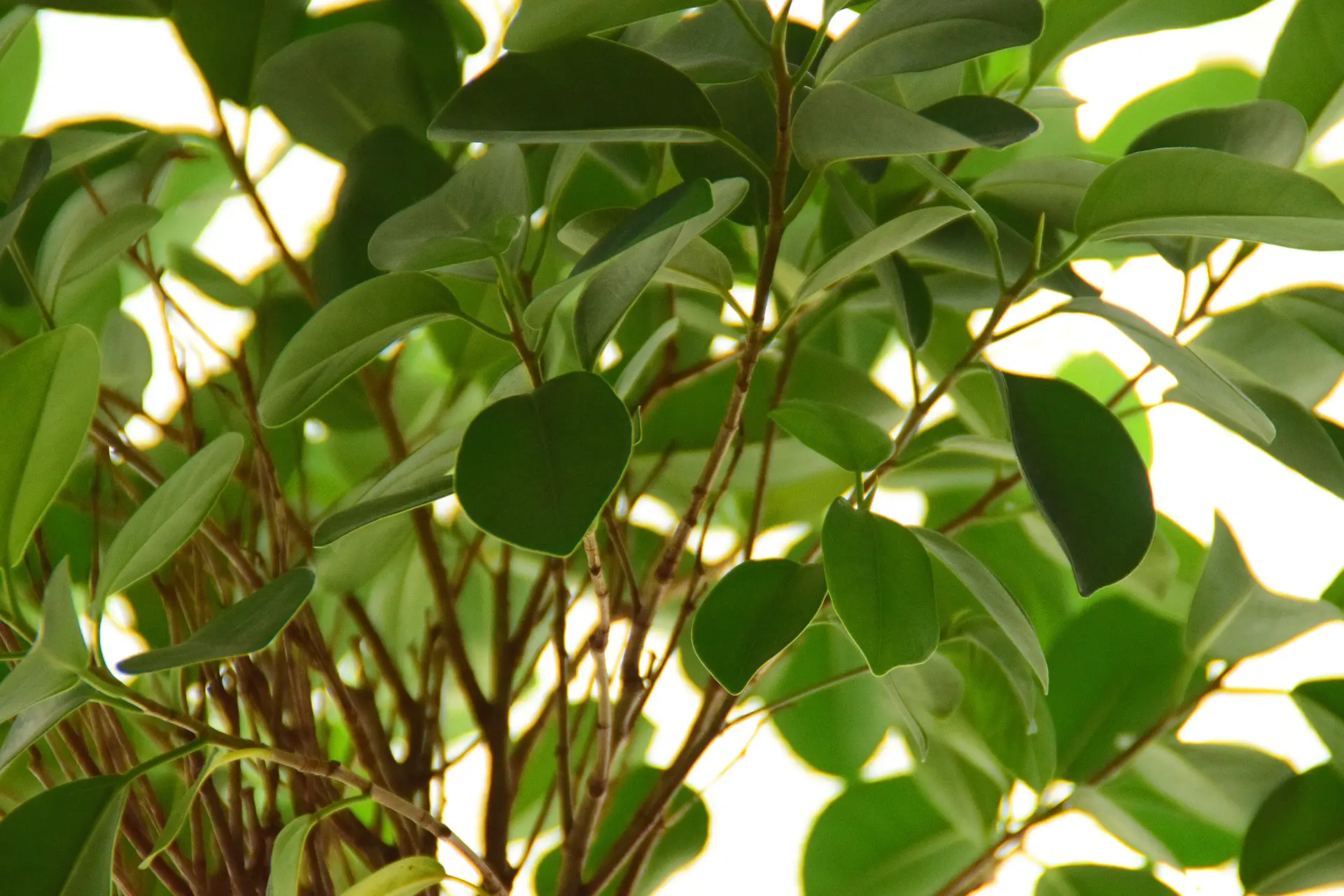The ficus is a tropical plant with green leaves of Asian origin. A very popular plant that can be used to decorate the interior of a home or office while absorbing polluting elements in the air such as fumes and gases. Its maintenance is very easy, you do not need to have a green thumb. All you need is good light, a good amount of water, a temperature between 15 ° and 22 ° C and pruning the branches and foliage from time to time to keep a good aesthetic. Like all plants, the ficus can be subject to different diseases.
The fact that its leaves turn white is not a natural phenomenon, the cause could only be external. So he deserves to find the origin of this. Notwithstanding, there is nothing to worry about, there is an explanation for this kind of case and adequate solutions so that he can live as long as possible. Here are 5 reasons that may explain why your ficus has leaves that turn white.
Why does your ficus have leaves that turn white?
A healthy ficus tree should have completely green foliage. When it is found that this is not the case, it is normal to wonder what could have caused the appearance of the white spots on the leaves of your ficus. However, there are a few possible answers. Here are five points of the reasons that can explain the appearance of white spots on the foliage of your ficus.
1. A sunburn
It is true that the ficus needs light to live and to be healthy. However, be aware that it is not beneficial for him to be exposed to direct sunlight, especially in a period of strong heat. This phenomenon could appear in early spring, the plant receives too much heat and burns itself which could explain the appearance of white spots. It should be noted that the ficus cannot withstand temperature variations. So try to place it in a bright place with low thermal amplitude with a temperature between 15 ° and 22 ° C.
2. A lack of fertilizer
Fertilizer is a substance derived from mineral or organic matter which is used to nourish the ficus. It is mixed with the earth, especially the substrate. Sometimes it can happen that we forget to put some in the ground. This can cause some deficiency and promotes the appearance of white spots on the foliage. Remember to disperse the fertilizer monthly. The quantity varies from 25g to 100g depending on the size of the ficus. Once set, you just need to water the plant and wait for it to work.
3. Limestone
Limestone is a rock that dissolves in water. You should know that limestone does not form on plants and the ficus is no exception. Lime comes from your water and can easily be deposited on surfaces in direct contact with it. To overcome this, use demineralized water during your watering sessions. If this is really impossible or you did not know how to do it, you should put an antichlorosis product in the water before watering the ficus.
4. Mealy mealybugs
This kind of critter is tiny and invisible to the naked eye. It is only once after their ravages that we notice their presence. Mealybugs can infect several parts of the ficus namely, roots, stems and leaves etc. They leave a white trace which is at the same time sticky while making honeydew. You have to act quickly in this kind of case by wiping the leaves with a cloth soaked in 90 ° alcohol.
5. Shield mealybugs
Both shield mealybugs and shell mealybugs are from the same family as mealybugs only, they have a different modus operandi. They emit a white fluffy substance which stains on the leaf of the ficus. To remove them you will also need a solution of beer or alcohol and a cloth.
Some tips to avoid having leaves that turn white on your ficus ?
It is useful to prevent the ravages of insects like mealybugs. It is necessary to obtain a special product based on white oil. Apply this product to the ficus between fall and early spring. If the plant is already infected, act quickly to limit the damage. Another solution based on black soap and water can also eliminate small animals.
Do not forget to disperse fertilizer on the ficus every month so that it can have the necessary inputs for its growth.
Avoid exposing your ficus to direct sunlight as much as possible, as this could cause various diseases.




